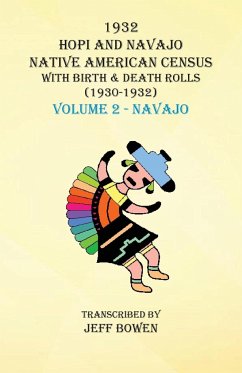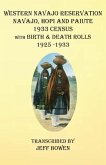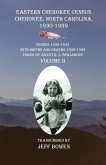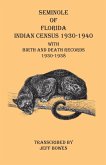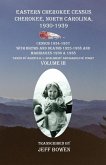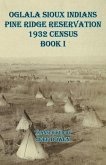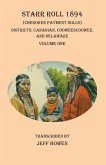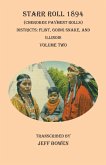This two-volume work (see also Volume I-Hopi) was originally transcribed by Jeff Bowen in April 1997 from National Archives microfilm M-595, Roll 192. The information in Volume I, which was gathered by the staff of the Bureau of Indian Affairs, includes the 1932 census of the Hopi Indians, a divisional group of the Pueblo people. Also contained in Volume I are year-by-year lists of Hopi births and deaths between 1925 and 1931. The Navajo (also spelled Navaho) Indians of the Southwest are covered in Volume II. Both tribes inhabited reservations in northeastern Arizona, while Navajo living areas also adjoined New Mexico and Utah. Hopi people were known as diligent agriculturists as well as very talented artisans. The Navajo, who early on occupied lands that had once been home to the ancient Anasazi, became herdsmen, raising sheep and horses; Navajo women became weavers of the finest blankets. Today the Navajo Reservation is the largest one in the United States; in fact, it is larger than the state of West Virginia. The Navajo are members of the Eight Northern Indian Pueblos Council. The volumes in this series follow a similar arrangement. First comes the persons named in the 1932 census, which is arranged alphabetically by surname and thereunder by household unit. Each person named is identified by age at last birthday, sex, marital status, relationship to head of household, degree of blood, and the family's resident village at the time of the census. The birth and death rolls are arranged by year and thereunder alphabetically by surname. Each entry gives, in the case of births, the full name of the newborn, date of birth, and the mother's and father's degree of blood; in the case of deaths, it gives the full name, date of death, age at death, and in most cases the cause of death. A full-name index at the back of each volume makes it easy to find every Hopi or Navajo named anywhere in the work.
Hinweis: Dieser Artikel kann nur an eine deutsche Lieferadresse ausgeliefert werden.
Hinweis: Dieser Artikel kann nur an eine deutsche Lieferadresse ausgeliefert werden.

